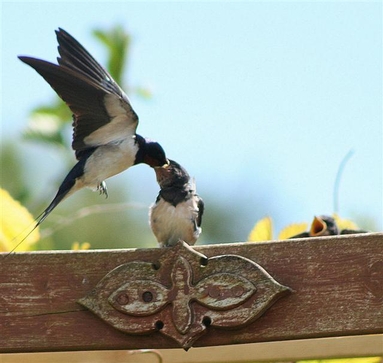Bird Census

Earlier this year in 2011 all the humans in the UK took part in Census 2011. This is the official count of every person and household and takes place every 10 years. Taking a census of birds is more challenging.
From the comprehensive publication “Birds of Scotland” by Forrester et al published in 2007 by the Scottish Ornithologists’ Club, Scotland, with 517 species, is one of only five European countries to have recorded in excess of 500 species of birds. Over 190 species breed in Scotland, a further 30 winter here having bred further north, 42 are passage migrants and the remaining 250 are vagrants. Of these 170 have been recorded on fewer than twenty occasions. In percentage terms, 38% of the total breed in Scotland, 6% are regular winter visitors and 56% occur only as passage migrants or vagrants.
Using the information in the “Arran Bird Reports” published by the Arran Natural History Society, Arran has 229 species, of which around 160 are reported each year. Of the 229 total, 90 species breed on Arran, a further 25 winter here having bred further north, 45 are passage migrants and the remaining 69 are vagrants. Of these 29 have not been recorded in the 21 century. In percentage terms 39% of the total breed on Arran, 11% are regular winter visitors and 50% occur only as passage migrants or vagrants.
In Scotland, according to “Birds of Scotland” there could be between 15 and 25 million pairs of birds breeding and in the winter the total bird population could be between 30 and 50 million. More precise data is currently being collected in the first UK wide bird atlas for almost twenty years. For the last four years across the UK, including here on Arran, volunteers have been collecting data for Bird Atlas 2007 -11. It is a serious attempt at mapping the distribution of birds in Britain and Ireland in the breeding season and in the winter.
How can you help? Over this breeding season April to July, send me all records of breeding birds. Records of common birds would be particularly welcome: Blackbirds singing, Blue Tits in nest boxes, young Swallows getting fed or birds doing something which indicates that they could be breeding, like carrying food.